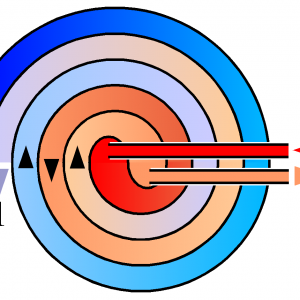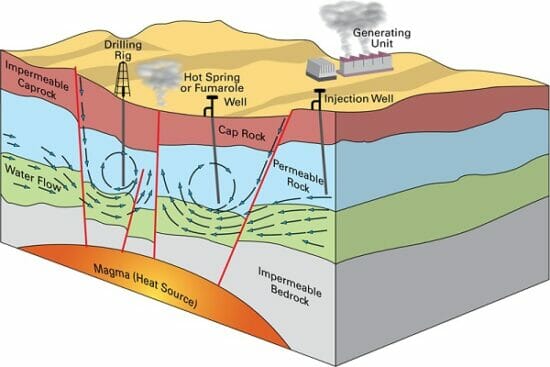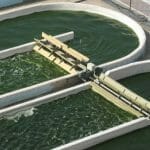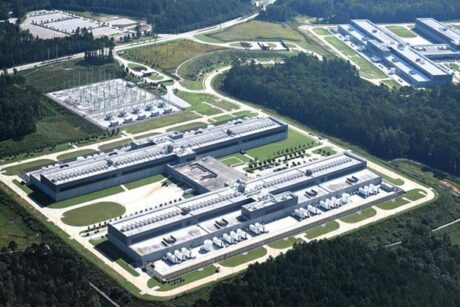-
×
 E 1102 Valve Fundamentals
1 × $100.00
E 1102 Valve Fundamentals
1 × $100.00 -
×
 E - 1106 Fundamentals of Heat Exchangers
1 × $50.00
E - 1106 Fundamentals of Heat Exchangers
1 × $50.00 -
×
 E - 1110 Ponds – Planning, Design, and Construction
1 × $150.00
E - 1110 Ponds – Planning, Design, and Construction
1 × $150.00
Subtotal: $300.00


 E 1102 Valve Fundamentals
E 1102 Valve Fundamentals  E - 1106 Fundamentals of Heat Exchangers
E - 1106 Fundamentals of Heat Exchangers  E - 1110 Ponds – Planning, Design, and Construction
E - 1110 Ponds – Planning, Design, and Construction 







